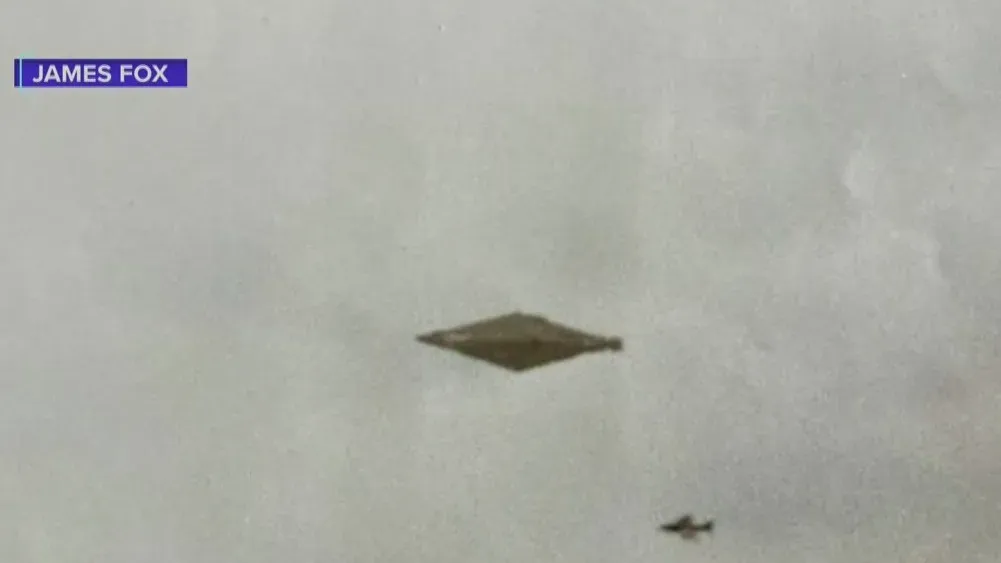1. New Government Report on UAP Sightings
Date of Release: January 2024
Following up on the U.S. Office of the Director of National Intelligence’s (ODNI) previous reports, an updated assessment of UAP incidents surfaced in early 2024. The document provides both data and analysis of unidentified incidents reported by military pilots and civilian air traffic personnel throughout 2023.
Key Takeaways:
- Increased Reporting: Compared to previous years, the number of reported sightings rose by 30%, possibly due to heightened awareness and fewer stigmas associated with coming forward.
- Multiple Sensor Data: Investigations highlighted improved sensor technology—infrared cameras, radar, and advanced AI software—making it easier to confirm or debunk sightings.
- Remaining Unknowns: Of the new cases, a small subset remains unexplained, involving anomalies in speed and maneuverability that challenge standard aeronautical explanations.
Government officials have reiterated that these reports do not confirm extraterrestrial origins. Instead, they underscore the potential for undiscovered natural phenomena or advanced aerospace technologies.
2. NASA UAP Research Office Expands
Mark McInerney at the Helm
Last year, NASA appointed Mark McInerney as its first Director of UAP Research to unify the agency’s efforts. In 2024, NASA expanded that office, securing additional funding and personnel. The agency’s independent study team—originally formed in 2022—now collaborates more closely with Defense Department and commercial satellite operators.
Ongoing Initiatives
- Data-Sharing Agreements: NASA announced new partnerships with private observatories and aerospace companies to gather high-fidelity tracking data on UAP events in Earth’s upper atmosphere.
- Citizen Science: Inspired by the success of previous crowdsourced programs, NASA invited amateur astronomers to contribute their observations through an online portal. This grassroots approach has already yielded a handful of intriguing leads.
3. International Cooperation: Europe and South America
GEIPAN & Beyond
The French space agency CNES operates GEIPAN (Study and Information Group on Unidentified Aerospace Phenomena), which continues to release declassified case studies. In a collaborative effort, CNES and NASA have formed a joint working group to compare data from different climates and regions—something experts say is vital for identifying patterns or anomalies across the globe.
South American Forums
Countries like Brazil, Chile, and Argentina have bolstered their own UAP research initiatives. Chile’s Committee for the Study of Anomalous Aerial Phenomena (CEFAA) held a symposium in March 2024, inviting international experts to review notable sightings captured on radar and high-resolution cameras.
4. The Role of Advanced Tech and AI
Multi-Sensor Analysis
One of the major breakthroughs has been the deployment of AI algorithms capable of sifting through massive amounts of visual and radar data. This reduces false positives—such as drones, weather balloons, or distant aircraft—and zeroes in on potentially anomalous cases that merit deeper investigation.
Commercial Satellites
Private satellite constellations are also playing a part. Real-time tracking of Earth’s surface and atmosphere offers a treasure trove of data that UAP researchers can tap into. Some satellite operators are now partnering with NASA’s UAP office to alert officials when unusual signatures appear in orbital imagery.
5. Persistent Mysteries and Future Outlook
Amid this surge in transparency and scientific collaboration, many UAP incidents remain unexplained. Scientists caution that “unidentified” doesn’t necessarily imply alien life; it often points to gaps in existing technology or knowledge. Nonetheless, the newly established frameworks for data gathering and analysis are unprecedented—and they’re giving researchers legitimate tools to tackle one of the most enduring mysteries of our time.
Beyond Stigma
Ongoing government reports and NASA involvement are gradually normalizing UAP research in both policy circles and the broader scientific community. For pilots and service members, clearer reporting channels reduce the stigma around sharing UAP encounters.
Next Steps
- Cross-Agency Databases: Researchers aim to create a unified global database where official UAP sightings, citizen reports, and sensor logs can be easily cross-referenced.
- International UAP Summit: There are whispers of a 2025 UAP summit, potentially hosted by an international consortium of space agencies, to coordinate methodology and data standards.
Conclusion
UAP research in 2024 stands at a pivotal juncture. Fueled by improved sensor technology, government transparency, and rigorous scientific frameworks, the once-marginalized subject of UFOs is seeing its greatest surge of credibility yet. While definitive answers remain elusive, the path toward understanding these phenomena has never been more robust—or more collaborative. Whether the truth lies in undiscovered atmospheric processes, experimental aerospace platforms, or something entirely unforeseen, the global community is more equipped than ever to find out.
Sources & Further Reading
- NASA UAP Research Office: NASA.gov/UAP
- ODNI UAP Reports (2022–2024): intelligence.gov/
- CNES GEIPAN (France): cnes-geipan.fr
- CEFAA (Chile): dgac.gob.cl/categoria/cfaa
- Academic Journals: For peer-reviewed papers, see Nature Astronomy or Publications of the Astronomical Society.

Comments